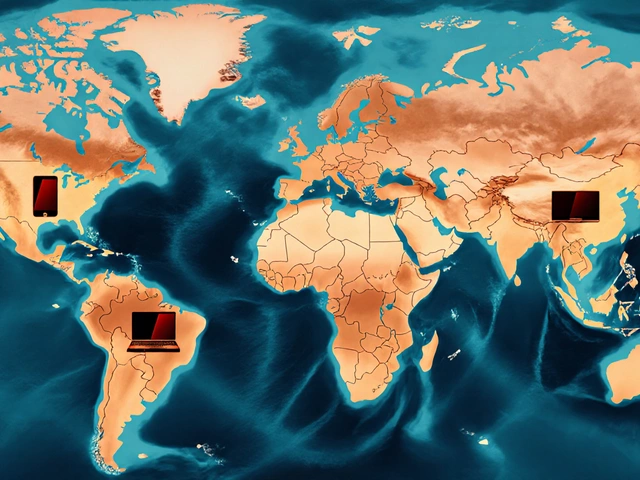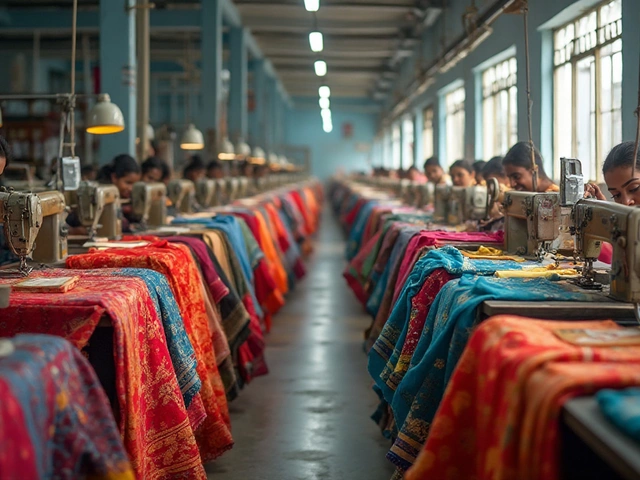Global Chemical Industry: Trends, Challenges, and Opportunities
When talking about the Global Chemical Industry, the worldwide network of firms that produce everything from basic petrochemicals to high‑performance polymers. Also known as the chemical sector, it powers many other markets and shapes daily life. The industry encompasses raw material sourcing, complex synthesis processes, and extensive distribution chains. Because chemicals are the building blocks of modern products, the sector directly influences Pharmaceutical Manufacturing, the creation of medicines and active ingredients using organic and inorganic chemistry, Plastic Production, the conversion of polymers into packaging, automotive parts, and consumer goods, and Textile Chemicals, dyes, finishes, and functional treatments that give fabrics color, durability and performance. Even Steel Chemistry, the alloying and coating processes that improve strength and corrosion resistance of steel depends on specialized chemicals. Understanding these connections helps you see why shifts in one area ripple across the whole manufacturing landscape.
Key Drivers Shaping the Sector Today
The global chemical industry requires constant innovation to stay competitive. Green chemistry has become a major lever, pushing companies to cut emissions, recycle feedstocks and design safer molecules. Governments worldwide are tightening regulations on hazardous substances, which forces firms to invest in cleaner technologies. At the same time, digitalization—data analytics, AI‑driven plant optimization, and IoT‑enabled monitoring—offers a way to boost yields and lower energy use. Demand spikes come from fast‑growing downstream markets: the pharmaceutical arena needs more specialty APIs, the electronics sector seeks high‑purity solvents, and the automotive industry looks for lightweight polymer composites. Because the chemical supply chain is global, geopolitical shifts and trade policies reshuffle sourcing patterns, making resilience a top priority for manufacturers.
All these factors create a rich set of topics that the articles below cover. You'll find deep dives into how IKEA’s furniture relies on chemical‑treated woods, the role of Indian pharma giants like Cipla in the global drug market, and the rise of Surat as a textile hub powered by advanced dyeing chemicals. Other pieces explore the economics of cheap electronics, the history of steel production in Pittsburgh, and the challenges of local manufacturing versus off‑shoring. Whether you're curious about the environmental impact of single‑use plastics or how semiconductor imports fuel India’s tech growth, the collection gives practical insights and data‑backed analysis. Dive in to see how each sub‑industry interlocks with the global chemical landscape and what that means for business strategy, sustainability, and innovation.

Ever wondered which chemical company makes the most money in the world? This article explores the richest chemical company globally and breaks down what sets it apart from the competition. You’ll find out its secrets to success, how it impacts the Indian market, and what lessons local manufacturers can pick up. Expect practical tips, surprising numbers, and a clear look at global and Indian industry trends. If you’re curious about the top players in chemicals and where India stands, this read’s for you. (Read More)







